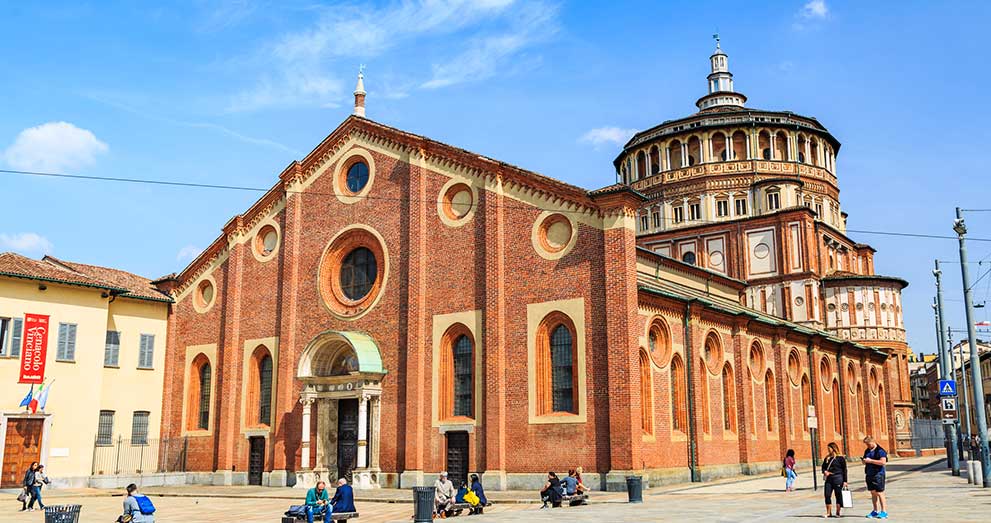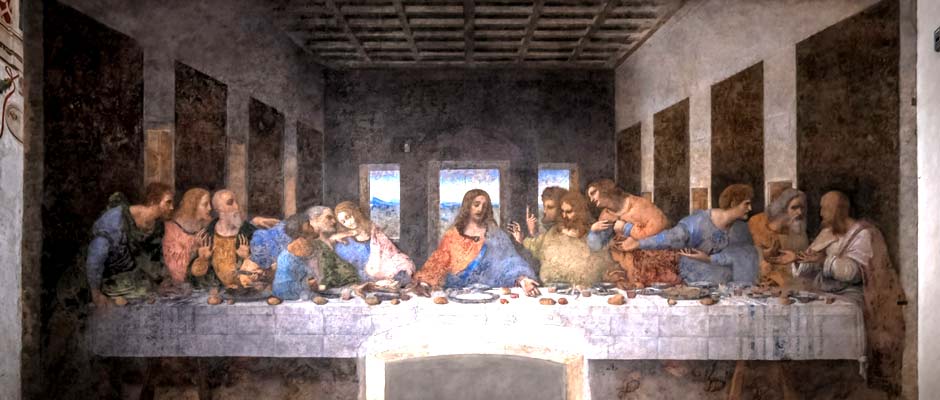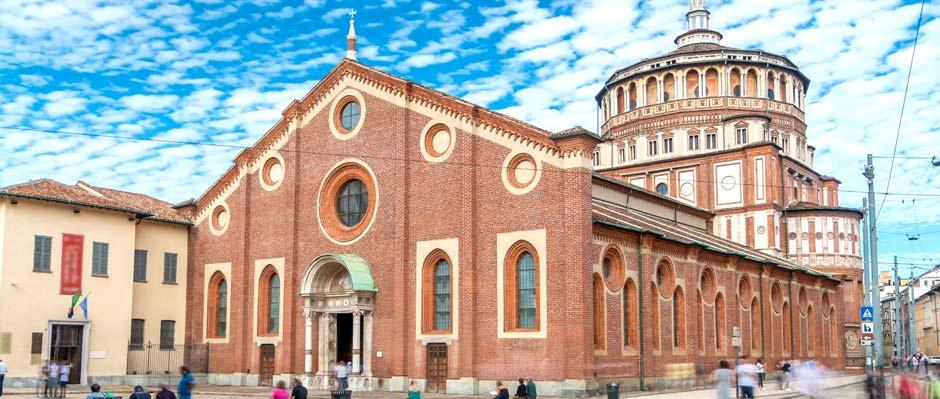This vCard is up for auction, closing in:
Make an offer 
Leonardo's Last Supper Museum

Leonardo da Vinci painted the Last Supper on a wall in the Refectory of the convent of Santa Maria delle Grazie at the behest of Ludovico il Moro, over a period of time ranging from 1494 to 1497.

The artist, despite the fact that it was painting on the wall, did not rely on the traditional yet resistant fresco technique, which requires a quick application of the color on the still damp plaster, but wanted to experiment with a method that allowed him to intervene on the dry plaster and, therefore, to be able to return to the work several times, taking care of every single detail. Unfortunately, Leonardo's intuitions turned out to be wrong and soon, due to an unfortunate concomitance of causes, painting began to deteriorate.

Over the centuries, consequently, many restorations followed one another to try to save the masterpiece. In 1999, after more than twenty years of work, the last conservative intervention was completed which, thanks to the removal of many repaintings, brought to light what remained of the original drafts.

Milan
In Lombardy, among the sites recognized by UNESCO as "World Heritage" we find Milan with the complex of the Dominican Church and Convent of Santa Maria delle Grazie and one of the most famous paintings in the world: Leonardo da Vinci's Last Supper, two masterpieces absolute worldwide. The complex was included in the Unesco Heritage list in 1980, testifying to a culture rich in values ??to be transmitted to humanity, which gravitates around the regional capital.
Cenacle, from the Latin word Coenaculum, in itself indicated the place where one dined, but more generally it designated the upper floor of the house which was accessed via the stairs. According to the use of the ancient Romans it was always a rather large room and was used for the coena which was the main meal of the day, in which all the family members and any guests present took part.
In the context of the Gospel narrative we mean the upper floor of the house because it translates the corresponding Greek word á¼ € νάγαιον, anágaíon (cf. Gospel according to Mark 14:15; Gospel according to Luke 22:12) which indicates, precisely, the upper and hospitable of the house. This term generally indicates the place in Jerusalem where Jesus ate with the Apostles the Last Supper of his earthly life, before dying on the Cross. Later the Apostles met there after the Resurrection of Jesus (cf. Gospel according to John 20: 19-29) and on Pentecost (cf. Acts of the Apostles 2,1-4).

Documents attest that in the second half of the fourth century the church was rebuilt or restored by the bishop of Jerusalem, John II (386-417). Since then it has been called the "Holy Zion". Some precious relics of the Passion were venerated, and the memory of St. James and King David, whose tomb was venerated under the Upper Room, was celebrated.
From this meaning we passed to a topographical denomination, calling "Monte Sion" the southern part of the western hill, on which the Cenacle stands. It was a building with large rooms, on two floors:
- the ground floor area was used for prayers and community meetings
- the upstairs area was used for meals
Video: Leonardo's Last Supper Museum
Map: Leonardo's Last Supper Museum
Address: Piazza di Santa Maria delle Grazie, 2, 20123
Milano (MI) Lombardia
Latitude: 45.4663895
Longitude: 9.1707096
Site: http://www.cenacolo.it/...
vCard created by: Stefano Vigolo
Currently owned by: Stefano Vigolo
Type: Building
Function: Museum
Creation date:
Last update: 02/07/2022
